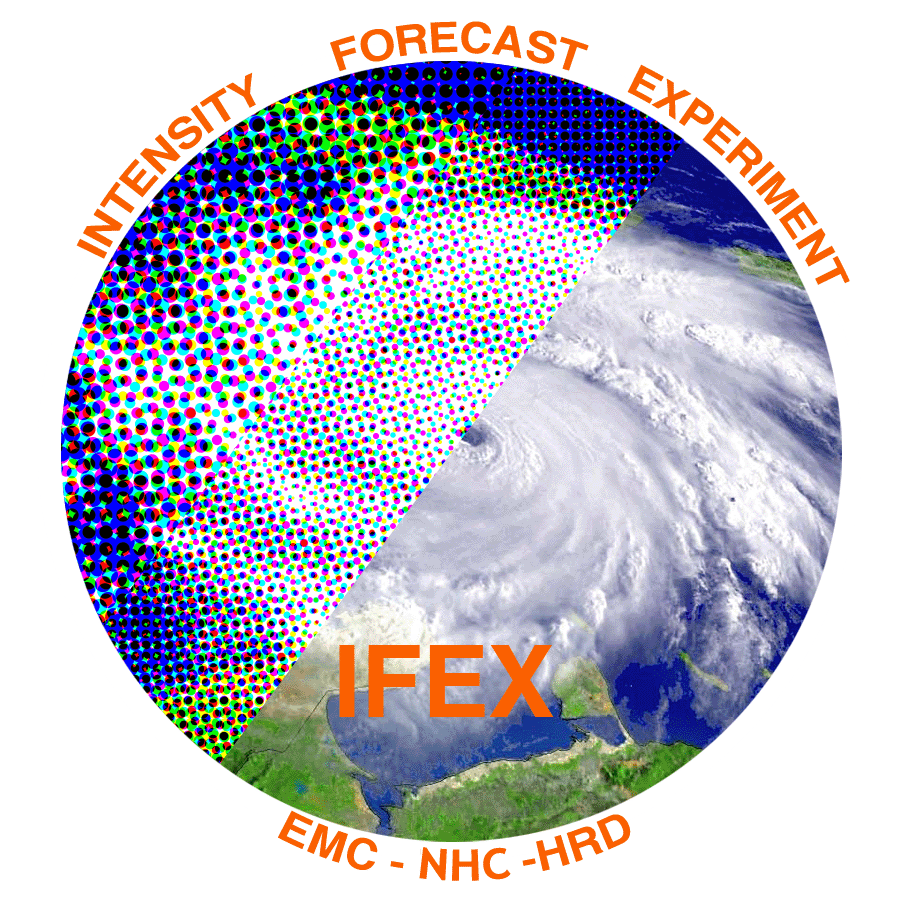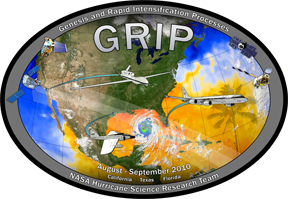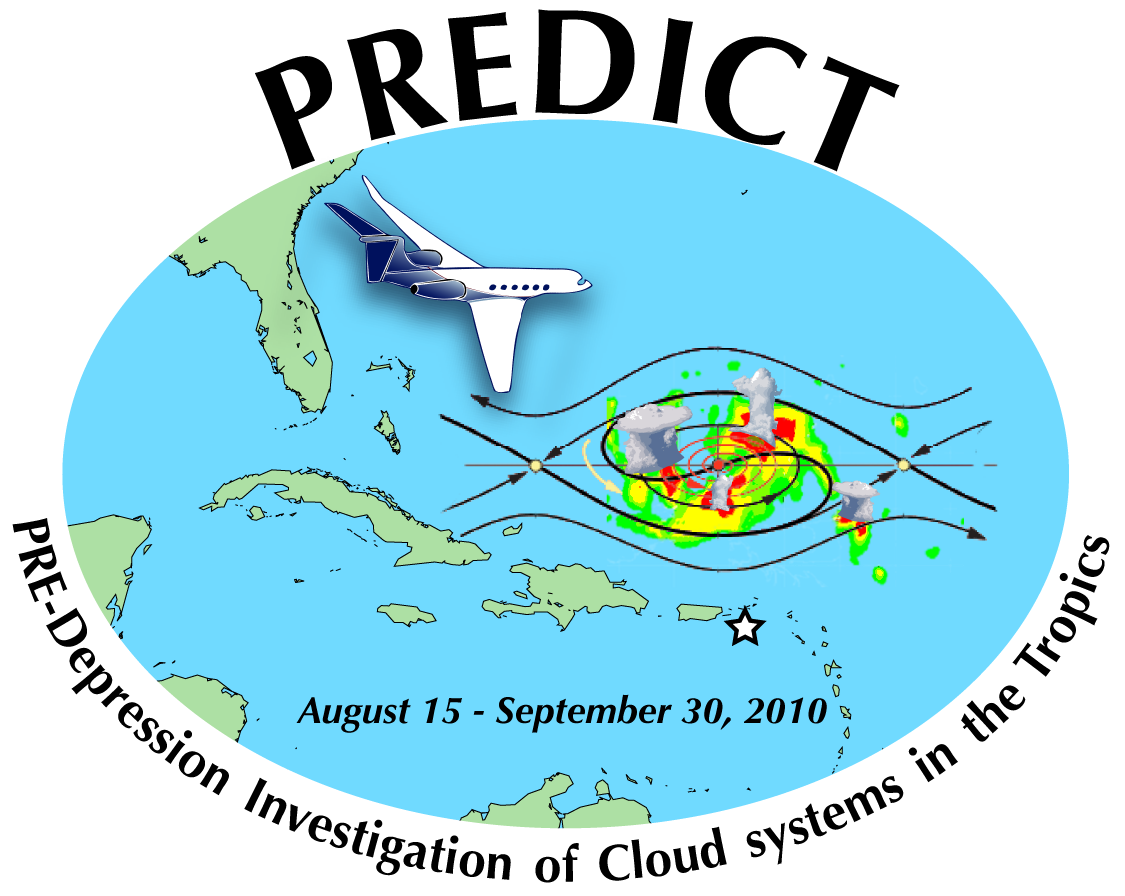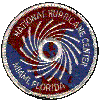 Intensity Forecasting EXperiment 2010
Intensity Forecasting EXperiment 2010
(IFEX10)
NOAA's Hurricane Research Division, part of the Atlantic Oceanographic and
Meteorological Laboratories located in Miami, FL, is in the midst of a
multi-year experiment along with the NOAA Aircraft Operations Center (AOC)
called the Intensity Forecasting Experiment (IFEX). Developed in partnership
with NOAA's Environmental Modeling Center (EMC) and its Tropical Prediction
Center (TPC/NHC), IFEX is intended to improve our understanding and prediction
of hurricane intensity change by collecting observations that will aid in the
improvement of current operational models and the development of the
next-generation operational hurricane model, the Hurricane Weather Research
and Forecasting model (HWRF). Observations will be collected in a variety of
tropical disturbances at different stages in their lifecycle, from formation
and early organization to peak intensity and subsequent landfall or decay over
open water.
During this year, IFEX will be operating in partnership with several other
experiments:
-
NOAA Ocean Winds Experiment - The goal of the Ocean Winds experiment
is to further our understanding of wind direction and speed retrievals
at the ocean surface level from microwave remote-sensing measurements in
high wind conditions and in the presence of rain. Measurements taken from
the Ocean Winds experiment in mature storms will aid in the understanding
and improvement of satellite remotely-sensed wind measurements which
are currently used operationally by marine forecates and in numerical
weather prediction models.

NASA Genesis and Rapid Intensificiation Processes - The goal of
GRIP is on better understanding the processes important in tropical
cyclone genesis and rapid intensification. The aircraft used in GRIP
are the NASA DC-8 and the NASA Global Hawk. The DC-8 will be used in
Fort Lauderdale, FL while the Global Hawk will be based in Dryden, CA.
GRIP runs from Aug. 15 - Sept. 30, 2010

NSF PRE-Depression Investigation of Cloud-systems in the Tropics -
The goal of PREDICT is to increase the spatial and temporal sampling of
tropical disturbances prior to, and during, genesis. The primary research
tool is the NCAR G-V aircraft which with double crewing will sample
disturbances for as much as 16 out of 24 hours during the early life stage.
The G-V will be primarily based in St. Croix, USVI. PREDICT runs from Aug.
15 - Sept. 30, 2010
References:
Rogers, R., et al. "The Intensity Forecasting Experiment: A NOAA Multiyear
Field Program for Improving Tropical Cyclone Intensity Forecasts", 2006,
Bulletin of the American Meteorological Society, (v.87)n.11, p.1523-1537
Rogers, R., et al. "NOAA's Hurricane Intensity Forecasting Experiment: A
Progress Report", 2013, Bulletin of the American Meteorological Society,
(v.94)n.6, p.859-882


 Return to 2010 Hurricane Field Program
Return to 2010 Hurricane Field Program
 Intensity Forecasting EXperiment 2010
Intensity Forecasting EXperiment 2010




